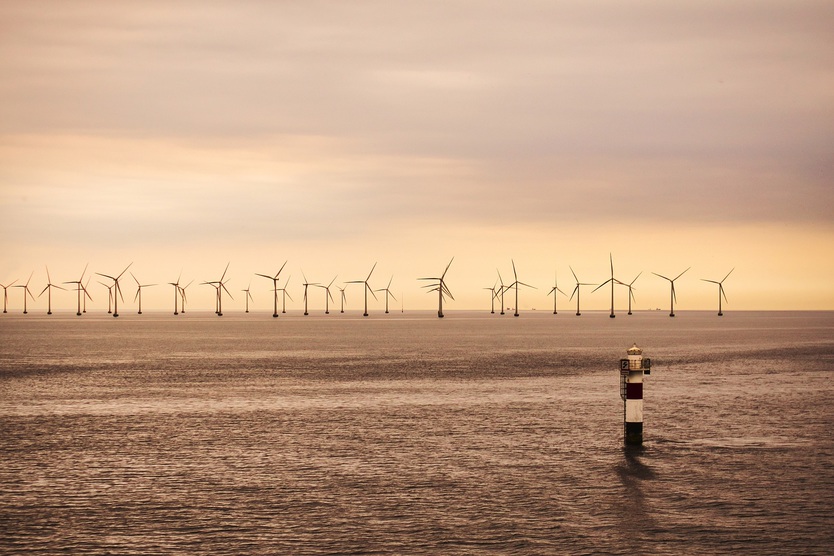
The area used for offshore wind parks is constantly growing and so imposing the risk of collisions for migrating birds. Signal beacons can help here.
There is a very strong movement for nature protection and conservation in Germany. Infrastructure projects like the construction of highways, bridges and plants for energy generation for example, can be considerably delayed and complicated by environmental regulations. An environmental impact assessment is often needed to make sure that there are no harmful effects for animals, nature and the ground water. When it comes to the sector of offshore wind energy, negative effects could be the noise underwater and the risk of collisions with birds.
Offshore wind power is the fastest growing form of energy generation in Germany. In 2017, the entire wind power sector accounted for 24.3 % of net electricity generation in Germany. The offshore wind power sector has the highest growth rates. In the last 6 years alone, plants with a capacity of approx. 1 GW have been added annually.
Due to their size and continuous operation all year round, wind turbines can pose a threat to wildlife, especially birds. In particular, the permanently activated warning lights of the wind turbines ‒ so-called beacons ‒ can confuse passing birds and lead to collisions. However, these lights are essential in order to avoid accidents with aircraft and helicopters. Systems that are only activated when a flying object has been identified could provide a solution to the problem.
The German Offshore Wind Energy Foundation is now pursuing precisely this objective in cooperation with industrial partners. As part of the BeBeO project, the researchers are analysing how needs-based lighting can make a contribution to animal welfare. In an initial experiment the attraction effect of night-time lighting will be determined and the risk of collision for birds quantified. In order to do this, a radar and microphone-based bird detection system will be developed and subsequently tested on an offshore wind farm. Since onshore wind farms with needs-based warning lights are already in use, the effects of these on bird flight can be directly compared to those of wind farms with lighting permanently on.
In addition, warning lights that are currently in operation in other areas such as airports and have already been approved will also be tested. Through the use of existing technologies and the close cooperation with the relevant parties involved, the project partners are aiming for a rapid market introduction and the swift certification of the technology.
Since this project combines both the aspects of sustainable energy generation and species protection with innovative research, it is being funded by the Federal Ministry for Economic Affairs and Energy from 2019-2021.


